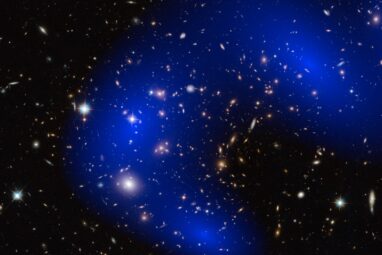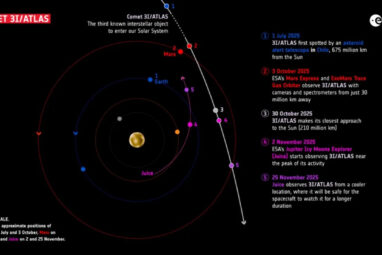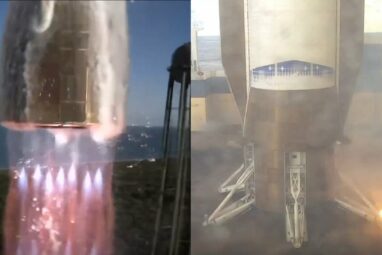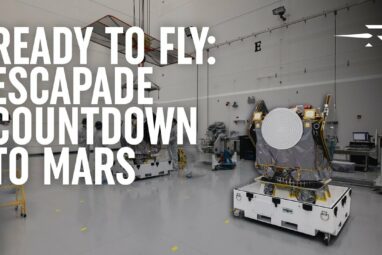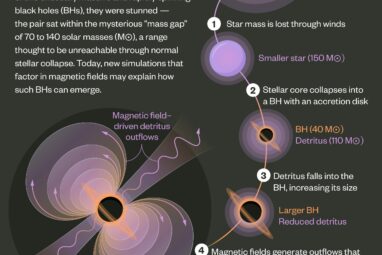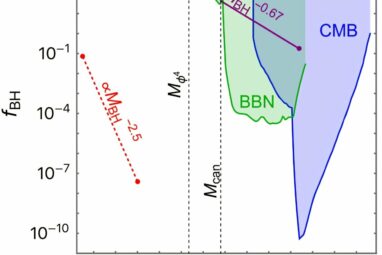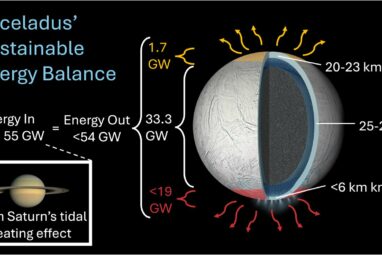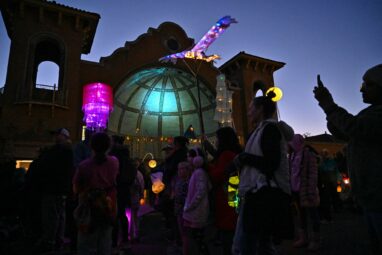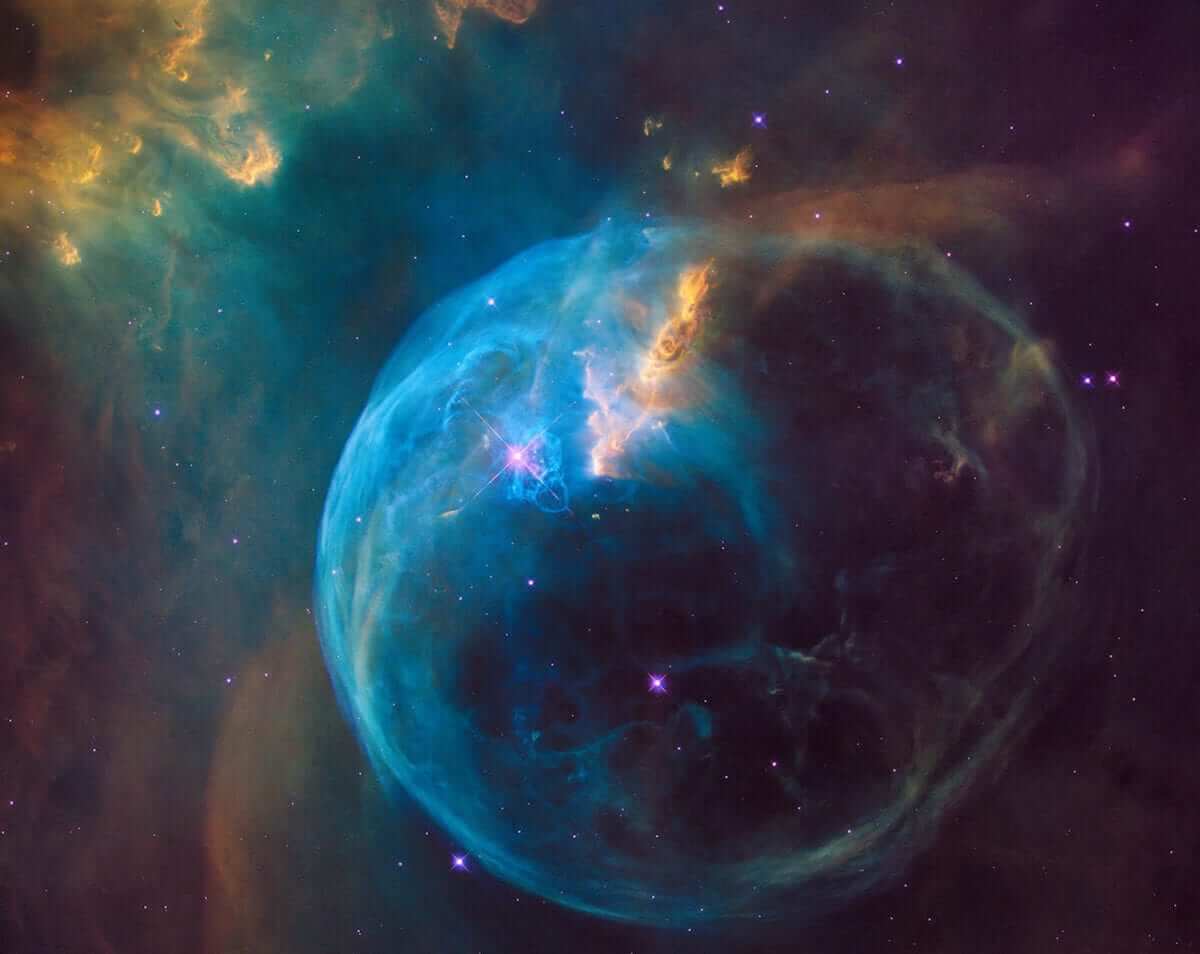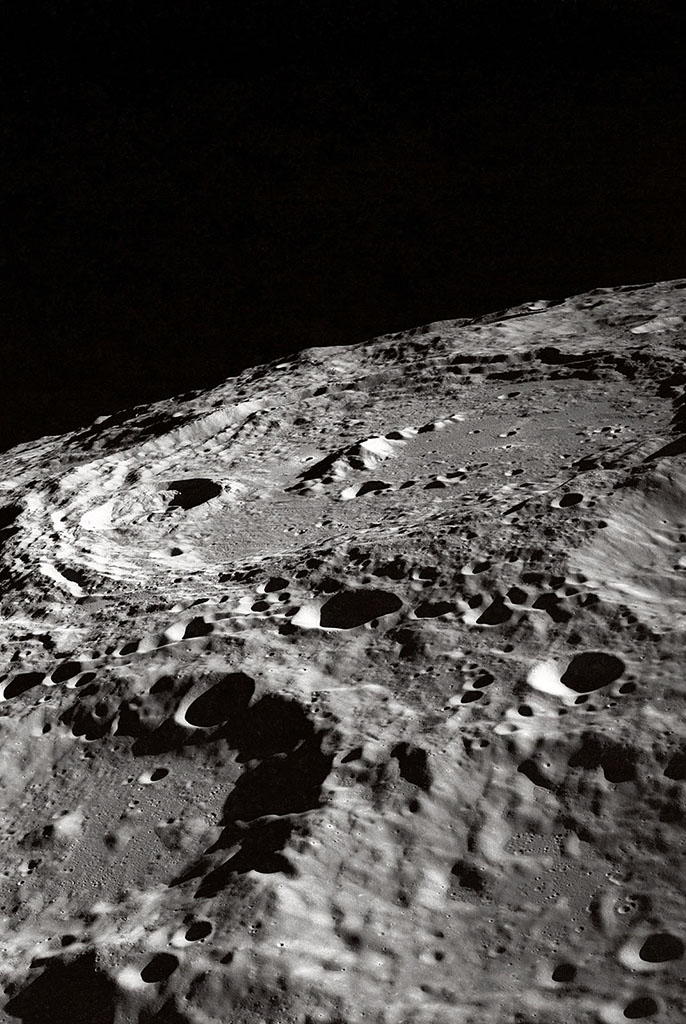When NASA scientists opened the sample return canister from the OSIRIS-REx asteroid sample mission in late 2023, they found something...
If you look across space with a telescope, you’ll see countless galaxies, most of which host large central black holes,...
The rapid expansion of artificial intelligence and cloud services has led to a massive demand for computing power. The surge...
When astronomers search for planets that could host liquid water on their surface, they start by looking at a star’s...
Blue Origin’s New Glenn rocket successfully made its way to orbit for the second time on Nov. 13, 2025. Although...
Envision a time when hundreds of spacecraft are exploring the solar system and beyond. That’s the future that NASA’s ESCAPADE,...
Technological innovations can seem relentless. In computing, some have proclaimed that “a year in machine learning is a century in...
Researchers at McGill University and collaborating institutions have mapped the atmospheric features of a planetary-mass brown dwarf, a type of...
In 2023, astronomers detected a huge collision. Two unprecedentedly massive black holes had crashed an estimated 7 billion light-years away....
Before atomic elements came together, less than a second after the Big Bang, if particles condensed into halos of matter,...
A new study led by researchers from Oxford University, Southwest Research Institute and the Planetary Science Institute in Tucson, Arizona...
As humans began to explore outer space in the latter half of the 20th century, radio waves proved a powerful...

